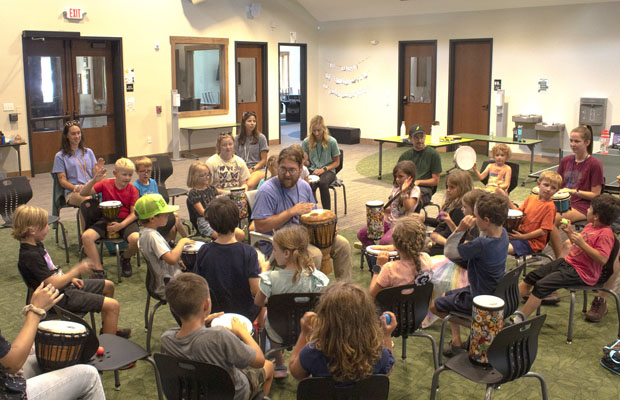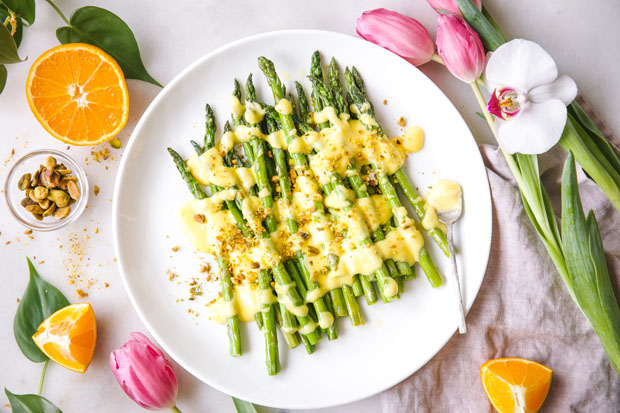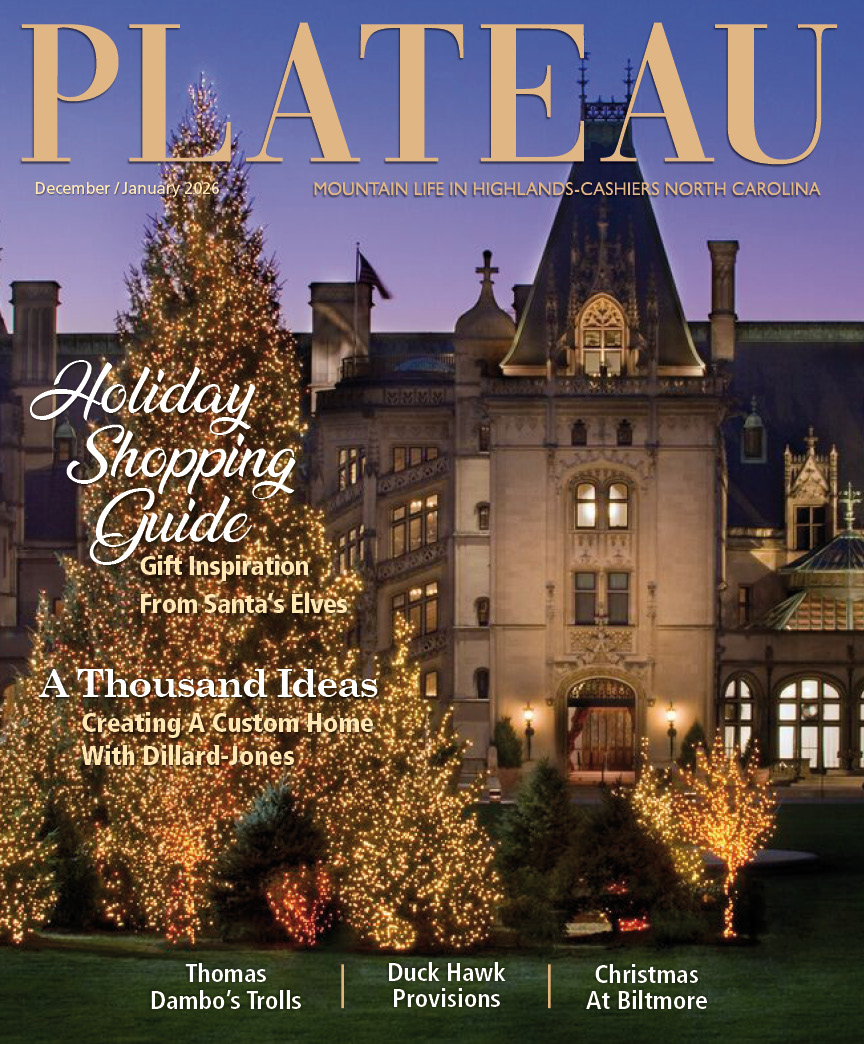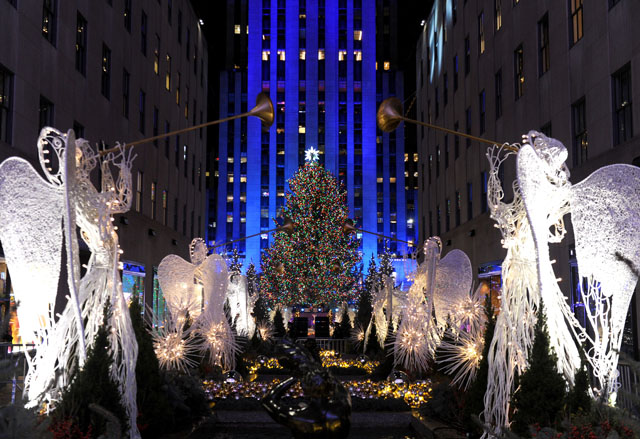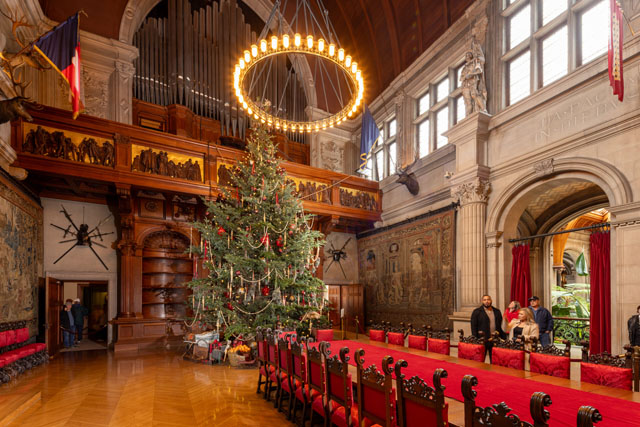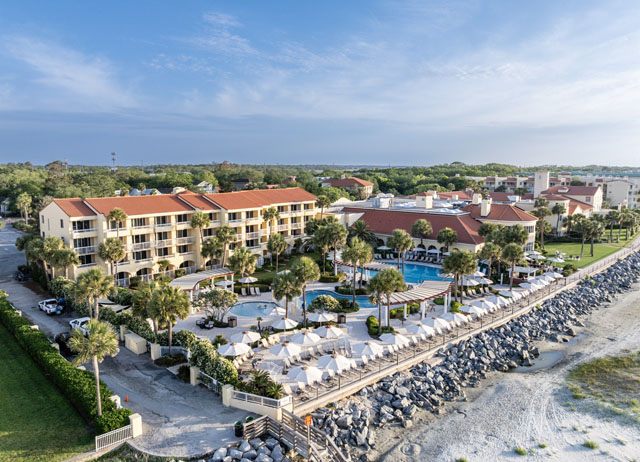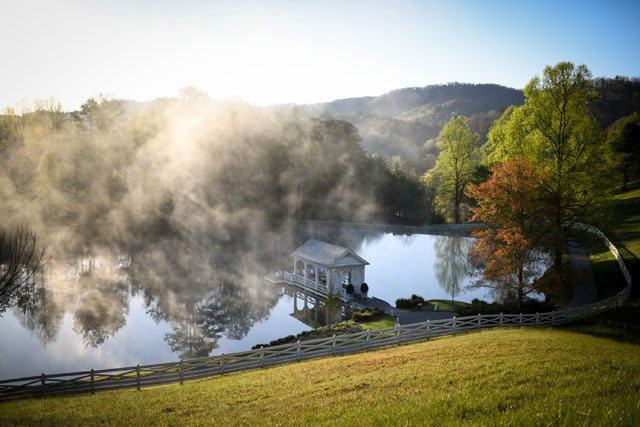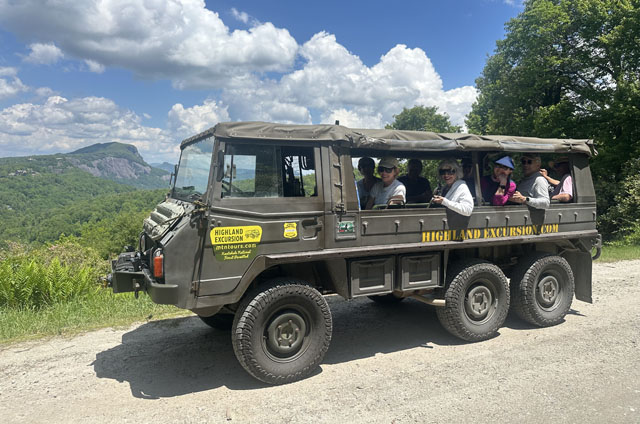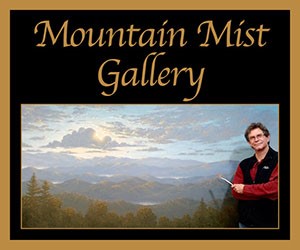Enlightened in the Black Forest
05 Apr 2023
Southwest Germany’s natural respite
By Ka Discovering tie McElveen
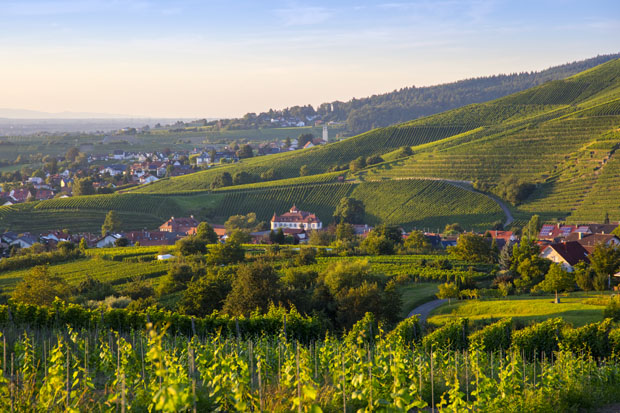
As the small van wound its way up the curvy mountain roadway, I gazed into the depths of the primeval green forest that seemed to reach out and touch the windows. I had always thought Germany’s Black Forest had earned its moniker from dark shadows and a hint of enchanted mystery, but it turns out that the trees themselves—a specific variety of conifer that clearly thrives here—are such a deep shade of green that they look black. The Fairy Tales came later.
Before long, the track narrowed and rock walls I was told jut nearly 2,000 feet into the air loomed over our heads. Turns out we had entered the Höllental, or valley of hell, a five-mile-long gorge that, shockingly, has been the best route through this part of the Black Forest for centuries. It was so well used that the first thoroughfare—actually a cart path—through it was constructed in the 12th century; it was paved in 1753. In May of 1770, Marie Antoinette took the route on her way to Paris to marry Louis XVI.
Just as Marie Antoinette had done, we turned off the main pass and headed toward the Ravenna Gorge, where a natural clearing has been home to at least one guesthouse since the 15th century. In 1986, the hotel Hofgut Sternen was constructed on the site as a 30-room summer resort. Now, nearly 40 years later, the resort is open all year long and has expanded to include an artisan village where guests can watch glass blowers at work and purchase traditional Black Forest products such as hand-carved cuckoo clocks, ceramic beer steins and colorful blown glassware. Even better, Hofgut Sternen produces all of its own electricity; rooms are cooled using an innovative system that utilizes the cold mountain water from the nearby stream. I was pleasantly surprised by the food, too: nearly everything is made on the premises from products grown or raised no more than 60 miles from the resort.
The resort’s 107 rooms come in a cozy traditional style or in a sleek, Nordic design; either way, rates include breakfast and easy access to miles of hiking trails that loop around the property and delve into the gorge. What I thought would be an easy morning stroll drew me deep into the forest for what became a hike over picture-perfect footbridges, past thrumming waterfalls and along narrow catwalks that skirted lichen-covered monoliths.
My second hike of the day started at Breg Spring, which, as the source of the main stream that becomes the Danube River, is considered by many to be the actual source of Europe’s third-longest river. Unlike the town of Donaueschingen, which has created a gorgeous urban park around its Danube Spring (which is where the actual Danube bubbles to the surface), Breg Spring is marked by a stone statue of the river god Danuvius reclining atop a fountain.
From there, we meandered through a flower-filled meadow before entering a dense wood where we were told the air is so clean that breathing it can rejuvenate the lungs. The Germans even have a name for it: a climatic health resort.
An hour or so east of the Black Forest lies the Swabian Alb, a mountain range that follows the curve of the Danube as it makes its way toward Austria. In between the two, we discovered the Danube Bike Path, which begins in Donaueschingen and runs, in Germany, for about 375 miles. Our stage to Beuron covered only about ten miles, but offered a visually stunning mix of wildflower meadows, dramatic bluffs that were often topped by castle ruins, pine-covered hills and idyllic farms. Easily rentable (and ridable) E-bikes made short work of the hills and allowed us to arrive at our next destination with a minimum of sweat.
After a quick stop at Beuron’s Benedictine Abbey, which was founded in the 11th century and occupies and ornate Baroque structure, we made our way to Sigmaringen Castle, an imposing structure that dominates the tiny village of Sigmaringen. Though the castle has been—and continues to be—home to the Hohenzollern family since 1535, it has been open to the public for more than 100 years. Inside, the structure traces more than 1,000 years of history with family portraits and other artworks, a huge collection of armor and weapons, fully decorated feasting halls and period furnishings.
Though this part of Germany isn’t terribly far from Zurich or Stuttgart, it still feels wonderfully authentic. At the Rothaus Brewery near Grafenhausen, we refueled on maultaschen, the meat-filled dumplings that Medieval monks would use to hide their Friday meat-eating from the eyes of God; the next day, on a sunny deck overlooking the mountains, the staff at Berggasthof delivered homemade apple strudel so hot from the oven that the drift of schlag—whipped cream—that accompanied it melted into a sweet pool.
The highlight for me was an all-too-short stay at Hotel Hofgut Hohenkarpfen, which sits atop a high plateau overlooking farms, villages and, in the distance, mountains of the Swabian Alb. Thanks to an onsite artists collective, contemporary works fill the walls of the ancient barn that has been converted into a 21-room hotel with sculptures dotting the landscape.
The Michelin-recognized restaurant opened in 1978 and serves elegant takes on local dishes—traditional veal stew came with rich, cheesy dauphine potatoes and horseradish foam—on an elegant terrace set to catch the moonrise. It made me long to stay at least one more day.

